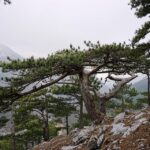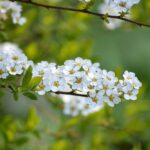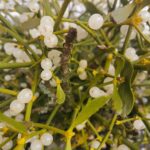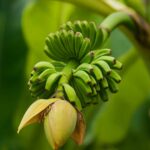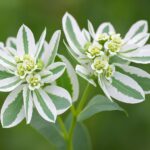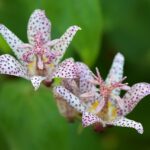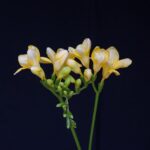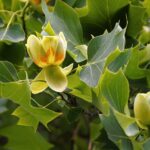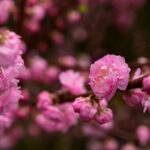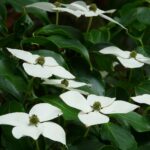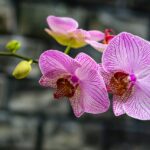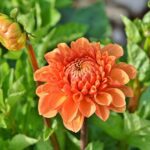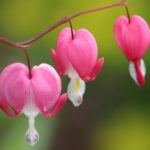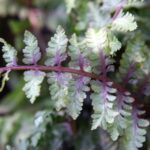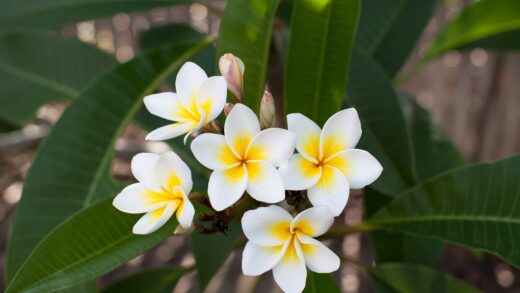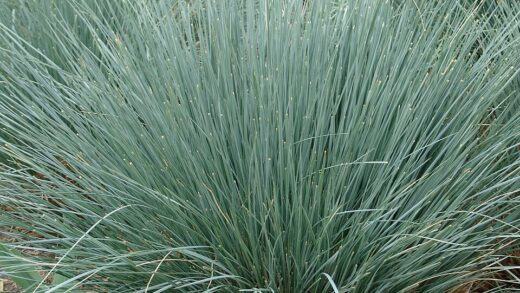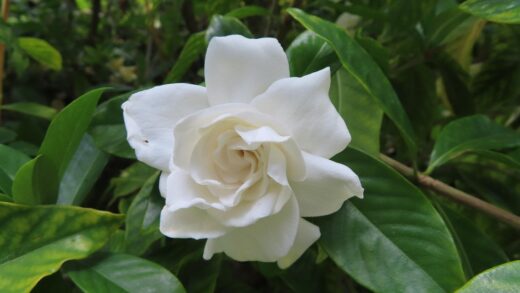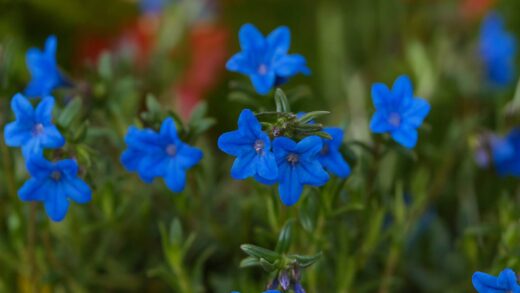Lemon balm, known scientifically as Melissa officinalis, is one of the most beloved and widely cultivated medicinal and culinary herbs, familiar to almost everyone for its delicate, lemony scent and aroma. Native to Southern Europe and the Mediterranean region, it can be found in the wild, often on the edges of forests, in clearings, and in semi-shaded groves. To ensure that the lemon balm grown in our gardens or pots develops as beautifully as possible and has the most intense aroma, it is essential to understand and provide it with optimal light conditions. Knowledge of these conditions fundamentally determines not only the plant’s aesthetic appearance but also its biochemical composition, and thus its medicinal and culinary value.
To understand the light requirements of lemon balm, it is worth looking back at the plant’s natural habitat and evolutionary adaptations. In the Mediterranean region, summers are hot and dry, and intense sunlight can pose a significant stressor for plants. Consequently, lemon balm has developed strategies that allow it to survive and thrive in these conditions. It typically establishes itself in places where it receives sufficient sunlight in the morning hours but is in partial shade during the scorching afternoon heat, for instance, under the cover of taller trees or shrubs. This natural preference provides crucial guidance for successful garden cultivation.
Light not only provides the energy necessary for growth through photosynthesis but also has a direct impact on the plant’s essential oil content. The characteristic aroma of lemon balm comes from monoterpene compounds called citronellal, geranial, and neral, the synthesis of which is a light-dependent process. In the absence of an adequate amount of sunlight, the plant can still grow, but its leaves will be paler, its shoots will be elongated and weak, and its essential oil concentration will be significantly reduced. Therefore, lemon balm planted in a location that is exclusively shady often leads to disappointment, as it loses its main asset, its rich, lemony scent.
However, it is important to note that “a lot of light” does not necessarily mean continuous, scorching sun. Excessive sun exposure, especially in hot climates or in a south-facing location surrounded by reflective surfaces (e.g., walls, paving stones), can be just as detrimental as a lack of light. Extreme exposure can lead to yellowing and scorching of the leaves, the plant’s growth slows down, and as a defense mechanism, it may even reduce essential oil production to mitigate evaporation. Finding the perfect balance is therefore the most important goal when growing rich, aromatic, and healthy lemon balm.
Creating ideal light conditions
The ideal location for lemon balm in the garden is one that receives at least five to six hours of direct sunlight daily, but preferably, this sunlight should occur in the morning hours. The intensity of morning and forenoon sunlight is generally gentler, providing enough energy for photosynthesis and essential oil production without scorching the plant’s sensitive leaves. Protection from the afternoon sun, which is extremely strong, especially in the summer months, provided by the shade of a deciduous tree or a building, helps to preserve soil moisture and protects the plant from heat stress. This semi-shaded but bright placement best mimics the conditions of the plant’s natural habitat.
More articles on this topic
Improper light conditions have clearly visible signs that should be recognized in time. In a light-deficient environment, such as deep within a densely planted bed or on a north-facing balcony, lemon balm will begin to etiolate. This process is the plant’s desperate attempt to reach for light: the stem elongates, the distance between leaves (internodes) increases, and the shoots become weak and brittle. The leaves will be smaller in size, and their color will turn from a normal vibrant green to a yellowish-white or pale green, indicating a decrease in chlorophyll production. Such a plant is not only less aesthetically pleasing but also more susceptible to diseases and pests.
Conversely, the symptoms of stress caused by excessive sunlight are also clear. The most common sign is leaf scorch, where the edges and tips of the leaves turn brown, dry out, and become brittle, as if they were burned. Yellowing of the leaves (chlorosis) is also common, which indicates the breakdown of chlorophyll due to strong UV radiation, not a nutrient deficiency. The plant often appears wilted during the midday hours, even if its soil is moist, because the rate of transpiration exceeds the roots’ ability to absorb water. In severe cases, growth stops completely, and the plant “bakes” and retreats.
Besides choosing the right location, we can regulate the light supply for lemon balm in other ways. If only a full-sun location is available in the garden, it is worth planting taller, but not too dense, companion plants like cornflower, mallow, or even a sparse ornamental grass next to it, which will provide filtered shade during the hottest hours. In container cultivation, mobility is the biggest advantage; the pot can simply be moved to a more protected spot during the day. In hot climates or on southern terraces, using shade cloths that reduce the incoming light intensity by 30-50% is a proven practice to protect the plant from damage.
The effect of light on the plant’s biochemistry
The relationship between light and the biochemical processes of lemon balm is extremely complex and extends far beyond simple photosynthesis. Incoming sunlight is not just an energy source but also a type of signal that regulates the synthesis of the plant’s secondary metabolites, including the therapeutically most important essential oils. Special photoreceptors in the plant detect the quantity (intensity and duration) and quality (wavelength) of light, and based on this information, they activate or inhibit certain genetic pathways. In the case of lemon balm, an adequate amount of light, especially in the red and blue ranges, stimulates the enzymes responsible for the production of terpenes, thus citral and citronellal.
More articles on this topic
Research has clearly shown that cultivation conditions, particularly light conditions, directly influence the quantity and quality of lemon balm’s essential oil. The essential oil content of plants grown in optimal, semi-shaded to sunny conditions can be several times higher than that of their counterparts languishing in the shade. This difference is not only noticeable in the intensity of the scent when the leaves are rubbed but also in the effectiveness of tea, syrup, or medicinal extracts made from the plant. A higher concentration of essential oils results in stronger sedative, antispasmodic, and antiviral properties, which underscores the importance of proper cultivation technology.
Interestingly, light regulates the production not only of volatile compounds (essential oils) but also of non-volatile yet valuable components. One of the most important active ingredients in lemon balm is rosmarinic acid, a polyphenol with strong antioxidant and anti-inflammatory properties. Plants produce rosmarinic acid and other similar compounds partly as a defense against oxidative stress caused by light. A certain level of light exposure can therefore stimulate the accumulation of these beneficial antioxidants in the leaves, further increasing the plant’s medicinal value. The key here is also moderation: the goal is to induce beneficial stress, not to damage the plant.
The spectral composition of light, meaning the ratio of different colors of light, also plays a role in the plant’s development. Natural sunlight contains the full spectrum, but for indoor or greenhouse cultivation, for example, optimizing the spectrum of artificial lighting can influence the plant’s morphology and chemical composition. Studies suggest that a higher proportion of blue light can result in more compact, bushy growth, while red light can stimulate shoot elongation and flowering. Using full-spectrum grow lights is the most effective method for supplementing natural sunlight indoors, ensuring that lemon balm receives all the light wavelengths necessary for healthy development and a rich active ingredient content.
Special considerations for different cultivation methods
Growing lemon balm in containers is extremely popular as it allows for cultivation on a balcony, terrace, or even a windowsill. In this case, regulating light conditions is the most flexible, as the pot can easily be moved according to the sun’s path or seasonal changes. The key is to choose a pot of the right size that provides enough space for the root system and a location that follows the “morning sun, afternoon shade” principle discussed earlier. It is particularly important to note that dark-colored pots can quickly overheat in the sun, which can damage the roots, so light-colored pots or double potting (a smaller pot inside a larger one) can be a practical solution.
Indoor cultivation can be challenging for lemon balm, as the natural light level in homes is often lower than ideal. The best place is a south- or east-facing windowsill where the plant receives as much direct light as possible. However, even here, especially during the winter months, the amount and duration of light may not be sufficient for compact, aromatic growth. In such cases, supplemental lighting is essential. A full-spectrum LED grow light, operated for 12-14 hours a day above the plant, can work wonders, ensuring vigorous growth and high essential oil content even during low-light periods.
In large-scale, field cultivation, optimizing light conditions is a critical economic factor for yield and quality. When selecting a cultivation area, fields with a slight easterly slope are preferred, as they take advantage of the morning sun but are more protected from the afternoon scorch. Setting the correct plant spacing is also fundamental; planting too densely leads to the plants shading each other, which results in the death of lower leaves and the spread of fungal diseases (e.g., powdery mildew) due to poor air circulation. The goal is to achieve a plant density that maximizes the utilization of light energy falling on the area without the competition between plants negatively affecting their development.
Finally, the changing light requirements must also be considered during propagation. When growing lemon balm from seed, the freshly emerged small seedlings are extremely sensitive to direct, strong sunlight, which can easily burn them. From germination until they are well-established, they should be kept in a place with bright, but diffused light, such as in a window shaded with a blind or under a plastic tunnel. Similarly, for propagation by cuttings, placement in partial shade is key during the rooting period, along with high humidity, as this reduces transpiration through the leaves and allows the cutting to focus all its energy on developing new roots. After successful rooting, the young plants should be gradually acclimated to sunnier conditions.

